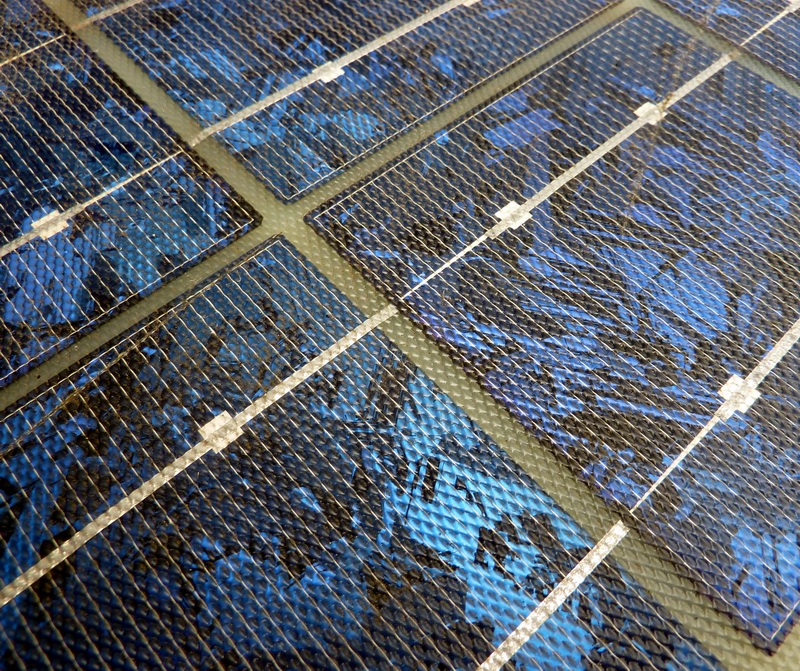An international research team coordinated by the American Institute of Physics claims to have successfully applied the clear-sky methodology developed by the U.S. Department of Energy’s National Renewable Energy Laboratory (NREL), to obtain a more accurate assessment of solar module performance.
According to findings presented in the paper Reliable long-term performance assessment of commercial photovoltaic modules tested under field conditions over 5 years, published in the Journal of Renewable and Sustainable Energy, the open-source, clear-sky methodology – which helps determine solar irradiance at a location in ideal, clear-sky conditions – is a very efficient tool to evaluate the aging of PV technology under field conditions when combined with real-world data. Such extra information is commonly provided by pyranometers, a type of actinometer used for measuring solar irradiance on a planar surface. Pyranometers, said the Institute of Physics team, are often a source of errors and malfunctions but integration with the clear-sky methodology could help reduce inaccuracy.
Five-year test
The clear-sky model was applied for five years to five PV module technologies: micromorph thin film silicon; cadmium telluride (CdTe); copper indium gallium selenium (CIGS); polycrystalline silicon; and amorphous silicon (a-Si), at a 10 kW test field at the Max Planck Institute of Chemical Energy Conversion in Mülheim an der Ruhr, Germany.
Data were recorded once per second by a LogMessage data logger from Delphin and by a pyranometer from Kipp&Zonen. Meteorological data were measured by a Vaisala Weather Transmitter WXT520.
The combination of data from the pyranometers plus that modeled with clear-sky methodology, according to the paper, enabled the researchers to see the difference between the two datasets, highlighting inconsistencies and ensuring accurate performance over time. “The current work also shows that even in cases of serious sensor malfunction, reliable long-term performance assessment can be performed by applying robust aggregation and regression methods, as well as the clear-sky methodology developed at the NREL,” the scientists wrote.
More research needed
The researchers added, although the panel degradation rates measured in the study should not be taken as an indicator of global performance of their respective technologies, the degradation of polycrystalline, a-Si and CdTe panels was stable over the first five years. For modules installed after 2000, the degradation rate was –0.4%, –0.96%, –0.87%, and –0.64% for CdTe, CIGS, poly-Si, and a-Si modules, respectively.
“Our results for poly-Si and a-Si panels are consistent with the previously published data, while the CdTe panels seem to perform worse than expected,” stated the paper. “The wide use of such standardized tools should be strongly advocated as the resulting performance datasets collected from research facilities from all over the world will be more reliable and can contribute to predictive models.”
This content is protected by copyright and may not be reused. If you want to cooperate with us and would like to reuse some of our content, please contact: editors@pv-magazine.com.




By submitting this form you agree to pv magazine using your data for the purposes of publishing your comment.
Your personal data will only be disclosed or otherwise transmitted to third parties for the purposes of spam filtering or if this is necessary for technical maintenance of the website. Any other transfer to third parties will not take place unless this is justified on the basis of applicable data protection regulations or if pv magazine is legally obliged to do so.
You may revoke this consent at any time with effect for the future, in which case your personal data will be deleted immediately. Otherwise, your data will be deleted if pv magazine has processed your request or the purpose of data storage is fulfilled.
Further information on data privacy can be found in our Data Protection Policy.